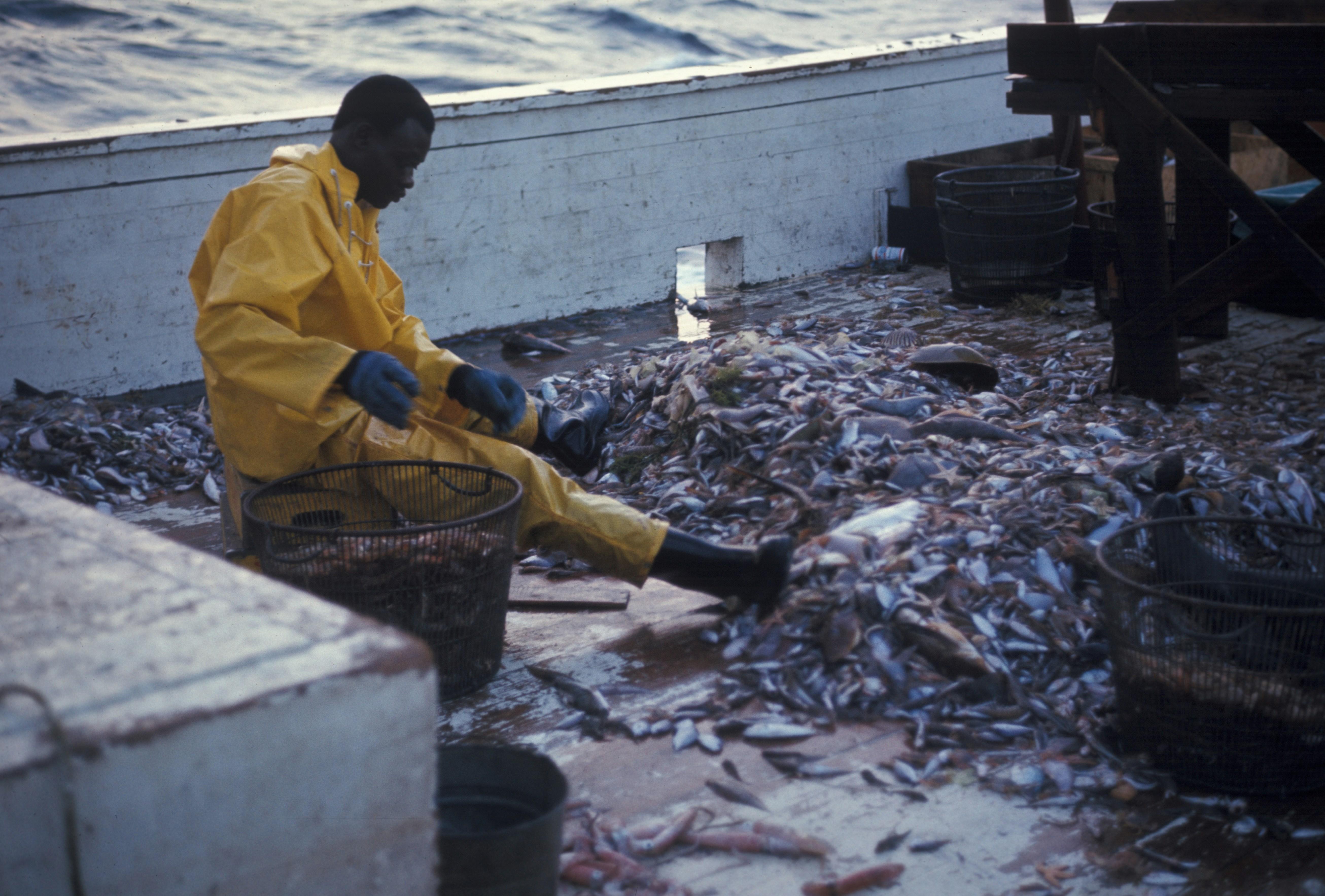In the realm of contemporary cinema, “Whiplash” stands as a riveting exploration of ambition, discipline, and the tumultuous journey toward excellence. Directed by Damien Chazelle, the film delves into the intense relationship between aspiring jazz drummer Andrew Neiman and his ruthless instructor, Terence Fletcher. This article aims to dissect the intricate layers of character development within “Whiplash,” offering a nuanced analysis of how Chazelle crafts his characters’ arcs to reflect broader themes of obsession, sacrifice, and the pursuit of greatness. By examining the dynamic transformation of both Neiman and Fletcher, we seek to understand the psychological and emotional depths that drive their actions, ultimately illuminating the film’s commentary on the fine line between passion and pathology. Through this analytical lens, “Whiplash” emerges not only as a narrative of musical aspiration but also as a profound study of human resilience and the costs of unyielding ambition.
Character Transformation and Its Psychological Underpinnings
The film ”Whiplash” provides a profound exploration into the psychological dynamics of character evolution, particularly through the lens of its protagonist, Andrew Neiman. The transformation of Andrew is not merely a narrative device but a psychological journey that highlights the interplay between ambition and identity. Andrew’s metamorphosis is marked by a relentless pursuit of perfection, driven by external pressures and internal aspirations. This transformation can be analyzed through several psychological underpinnings:
- Drive and Motivation: Andrew’s journey is propelled by an intrinsic desire to excel, which is further fueled by the extrinsic pressure exerted by his mentor, Fletcher. The intense mentorship relationship exemplifies how external validation can significantly impact one’s self-concept.
- Identity Formation: As Andrew’s identity becomes increasingly intertwined with his ambition, his sense of self begins to erode. This blurring of personal boundaries raises questions about the cost of success and the sacrifices made in its pursuit.
- Resilience and Psychological Resilience: The psychological resilience Andrew exhibits, though remarkable, borders on obsession. This raises a critical examination of where resilience ends and unhealthy fixation begins, highlighting the thin line between passion and pathology.
The narrative structure of “Whiplash” thus serves as a microcosm for examining the broader psychological implications of character transformation under extreme conditions. The film challenges viewers to reflect on the consequences of unchecked ambition and the psychological toll it exacts on individuals striving for greatness.

Mentorship Dynamics and Their Impact on Personal Growth
In the film Whiplash, the relationship between mentor and mentee is depicted with an intensity that profoundly impacts character development. The mentor, Terence Fletcher, employs an unorthodox and often brutal teaching style that forces his student, Andrew Neiman, to push beyond his perceived limits. This dynamic raises critical questions about the nature of mentorship and its role in personal growth. Fletcher’s methods, characterized by extreme discipline and psychological pressure, challenge traditional notions of supportive guidance. Instead, they highlight the potential for mentorship to drive individuals to extremes in pursuit of excellence.
- Psychological Intensity: The film showcases how intense mentorship can lead to a heightened state of focus and determination in the mentee, albeit at a significant emotional cost.
- Resilience Building: Andrew’s journey illustrates how resilience can be cultivated through adversity, a testament to the transformative power of demanding mentorship.
- Boundary Testing: The mentor-mentee relationship in Whiplash pushes boundaries, forcing Andrew to confront his limitations and redefine his identity as a musician.
The impact of such mentorship is twofold: it can drive remarkable growth and achievement, yet it may also lead to emotional and psychological strain. The film invites viewers to reflect on the balance between rigorous mentorship and nurturing support, urging an exploration of how different dynamics can shape personal and professional trajectories.

The Role of Conflict in Shaping Aspirations and Identity
In the film Whiplash, conflict serves as a pivotal catalyst in the evolution of characters’ aspirations and identities. The relentless tension between Andrew Neiman and his demanding instructor, Terence Fletcher, pushes Andrew beyond his perceived limits. This intense dynamic forces him to question his initial motivations and ambitions, molding his identity in ways that he never anticipated. The conflict isn’t merely a hurdle; it becomes a crucible that forges Andrew’s resilience and passion for drumming, ultimately redefining his understanding of success and artistry.
- Intense Pressure: Fletcher’s harsh teaching methods create an environment where Andrew must constantly reassess his commitment to his craft.
- Identity Crisis: The struggle between pleasing Fletcher and staying true to his own vision leads Andrew to a profound self-examination.
- Transformation: Through adversity, Andrew transitions from a promising student to a determined artist, with a newfound clarity about his aspirations.
Thus, the conflict in Whiplash is not just a narrative device but a transformative force that shapes the core of Andrew’s character, influencing his journey from aspiration to actualization.

Strategies for Enhancing Character Complexity in Film Narratives
In the intense and emotionally charged narrative of Whiplash, character complexity is meticulously crafted through several effective strategies. One of the primary techniques used is the multi-layered character development of the protagonist, Andrew Neiman. The film delves deeply into Andrew’s psychological makeup, revealing his vulnerabilities, ambitions, and the lengths he is willing to go to achieve greatness. This depth is achieved through a combination of dialogue, non-verbal cues, and the protagonist’s evolving relationships with other characters, particularly his mentor, Terence Fletcher.
- Contrasting Relationships: The dynamic between Andrew and Fletcher is pivotal in enhancing character complexity. Fletcher’s brutal teaching methods force Andrew to confront his own limits and desires, creating a tension that drives the narrative forward.
- Internal Conflict: Andrew’s journey is marked by a significant internal struggle, where his passion for music often clashes with his personal well-being and relationships. This conflict is skillfully portrayed, adding layers to his character.
- Transformation Arc: Throughout the film, Andrew undergoes a transformation that challenges the audience’s perceptions of success and ambition. His journey from an eager student to a hardened musician is both compelling and thought-provoking.
By employing these strategies, Whiplash creates a rich tapestry of character complexity that resonates with viewers, making the narrative both engaging and memorable.
